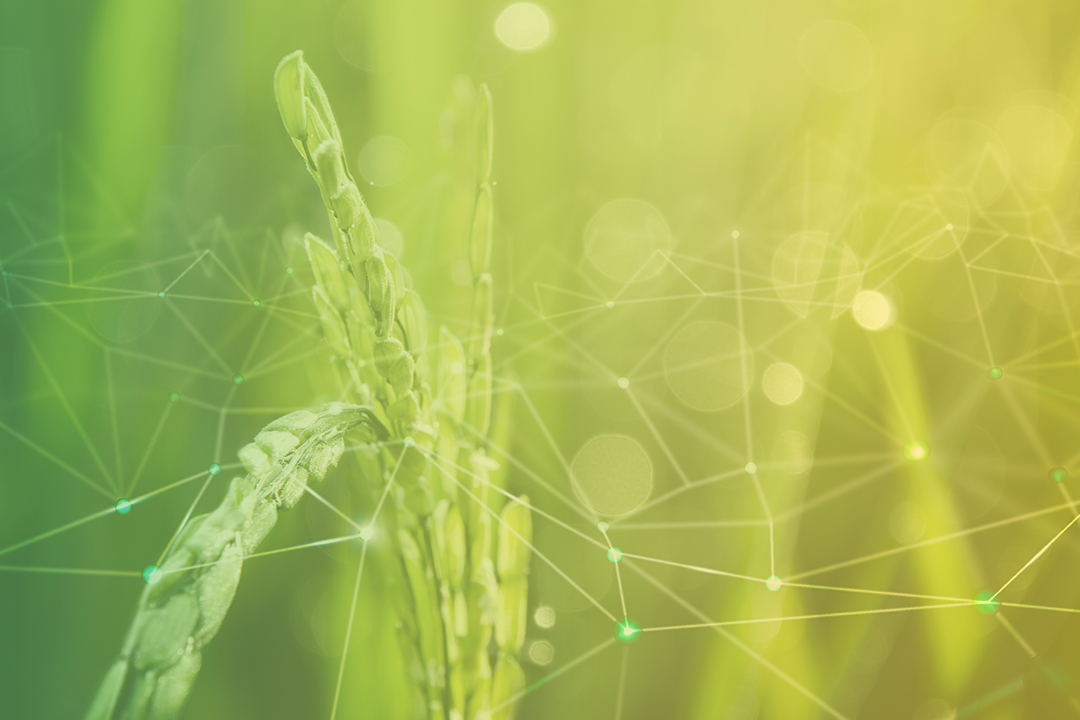High-throughput phenotyping emerged about ten years ago as a result of collaboration between different scientific fields, including remote sensing and agronomy. It has led to the development of an elegant biophysical model for interpreting sensor data, called the “biophysical model“, an algorithm designed to exploit the physical knowledge of the measured object and the sensor characteristics to interpret the raw data. For example, the PROSAIL model inversion has been successfully used to calculate the leaf area index (an approximation of the total area of a canopy). As the expertise is included in the algorithm, only a few parameters need to be calibrated. AI has developed in parallel with an opposite philosophy: trained on many examples, it can calibrate millions, even billions of parameters, to find by itself the rules necessary to transform data into information, and can use very fine information such as the texture of an object in an image for example.
AI has opened up new use cases that were previously impossible to solve: for example, the detection and characterisation of plants and organs with deep learning has opened up new avenues for studying yield composition. Furthermore, thanks to global contextual information, deep learning is able to segment plants according to their shape and not only their colour, giving access to an accurate description of important phenomena such as senescence. This is important for unlocking new use cases such as plant-by-plant genotyping or phenotyping for agro-ecology.
So should we go for 100% AI? Biophysical methods can be very robust in a controlled environment, while AI will unlock new use cases. The combination of AI and biophysical model could be the smart way to measure your plant.

